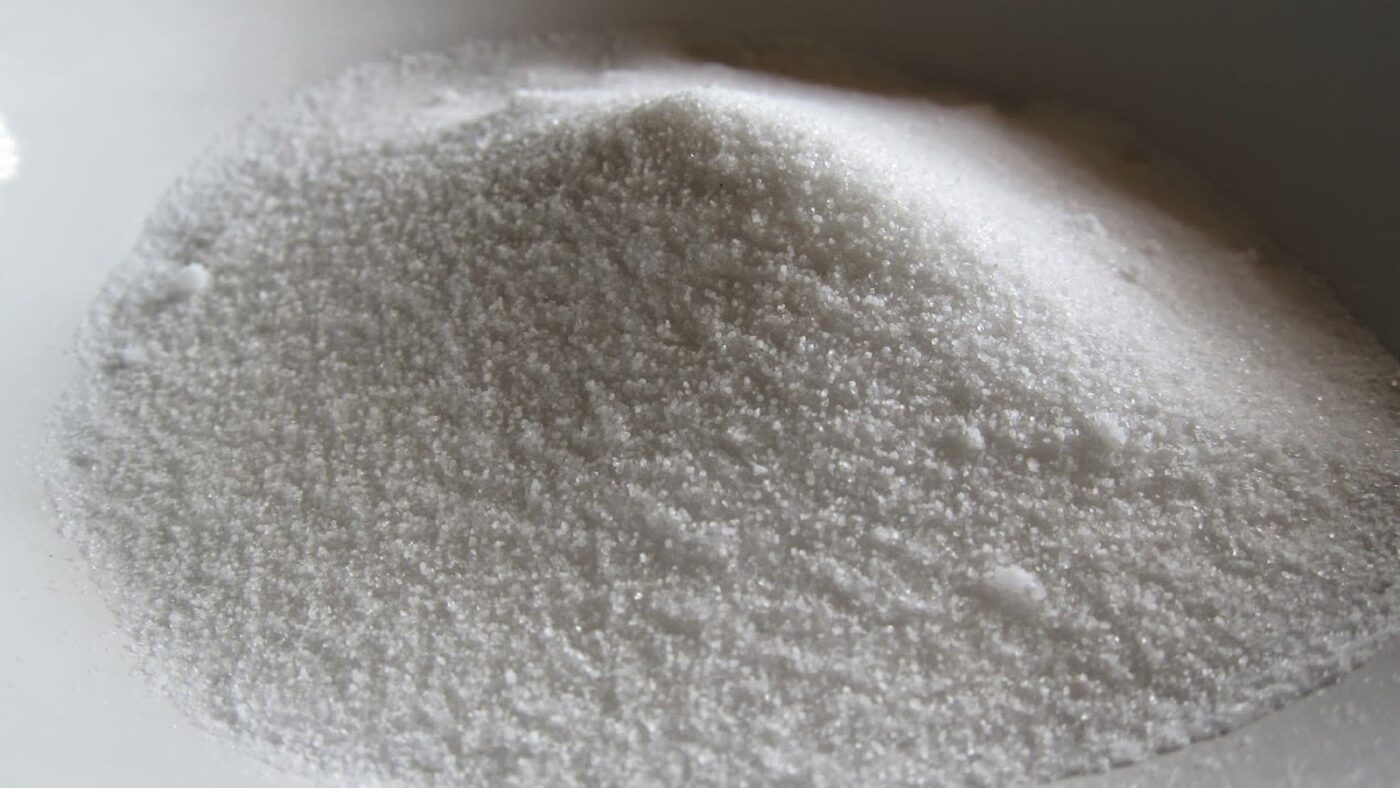Blog
What is Sodium Carbonate as a Formula?
Sodium carbonate, commonly referred to as soda ash or washing soda, is an essential chemical compound with the formula Na₂CO₃. This white, odorless powder plays a significant role in various industrial applications and household uses. Understanding what sodium carbonate is as a formula and its various properties can provide valuable insights for both professionals and everyday users.
In this article, we will delve into the details of sodium carbonate, including its chemical structure, properties, applications, and safety measures. By the end, you’ll have a comprehensive understanding of sodium carbonate and its significance in our daily lives.
What is the Chemical Structure of Sodium Carbonate?
Sodium carbonate consists of sodium ions (Na⁺) and carbonate ions (CO₃²⁻). The molecular structure of sodium carbonate can be represented as Na₂CO₃, indicating that there are two sodium atoms for every carbonate group. This formula reveals the stoichiometry of the compound, which is crucial for chemical reactions and formulations involving sodium carbonate.
Sodium Carbonate Formula: A Comprehensive Guide
Properties of Sodium Carbonate
Sodium carbonate possesses several physical and chemical properties that make it unique:
- Solubility: Sodium carbonate is highly soluble in water, making it an effective agent for various applications, especially in cleaning and manufacturing processes.
- pH Levels: When dissolved in water, sodium carbonate creates an alkaline solution. This property is utilized in many cleaning products to neutralize acids.
- Melting Point: Sodium carbonate has a melting point of approximately 851°C (1564°F), which allows it to be used in high-temperature applications.
- Hydration: Sodium carbonate forms hydrates, such as sodium carbonate decahydrate (Na₂CO₃·10H₂O), which people commonly find in nature and use in various products.
What is Sodium Carbonate Used For?
Sodium carbonate serves multiple purposes across different industries. Here are some notable applications:
- Glass Manufacturing: One of the primary uses of sodium carbonate is in the production of glass. It acts as a flux, reducing the melting temperature of silica, which is essential for glass formation.
- Water Softening: Water treatment processes use sodium carbonate to soften water by removing calcium and magnesium ions, which prevents scale buildup in pipes and appliances.
- Household Cleaning: As a key ingredient in many household cleaners and detergents, sodium carbonate helps to remove grease, stains, and odors.
- Laboratory Applications: In laboratories, researchers use sodium carbonate as a reagent and buffering agent in various chemical reactions and analyses.
What is Sodium Carbonate’s Role in pH Regulation?
One of the critical roles of sodium carbonate in various applications is its ability to regulate pH levels. When sodium carbonate is added to a solution, it dissociates into sodium ions and carbonate ions. The carbonate ions can react with acids in the solution, neutralizing them and raising the pH level. This property makes sodium carbonate an essential ingredient in many cleaning products, swimming pools, and agricultural applications, where maintaining a balanced pH is crucial for optimal performance.
Safety Measures When Handling Sodium Carbonate
While sodium carbonate is generally considered safe for use, certain precautions should be taken when handling it:
- Protective Gear: When working with sodium carbonate in a concentrated form, it is advisable to wear gloves and safety goggles to prevent skin and eye irritation.
- Inhalation Risks: Inhalation of sodium carbonate dust may cause respiratory irritation. Therefore, it is important to work in a well-ventilated area.
- Storage: Store sodium carbonate in a cool, dry place, away from incompatible substances such as strong acids.
How to Use Sodium Carbonate Effectively
Understanding how to use sodium carbonate effectively can enhance its benefits in various applications:
- As a Cleaning Agent: To use sodium carbonate as a cleaning agent, dissolve it in warm water. It can be applied to surfaces to remove stubborn stains or odors. For laundry, adding a cup of sodium carbonate can boost detergent performance.
- In Swimming Pools: To maintain optimal pH levels in swimming pools, you can add sodium carbonate to the water to increase alkalinity, which prevents corrosion and scaling.
- In Cooking: When used in cooking, especially for certain types of noodles or baked goods, sodium carbonate can improve texture and flavor.
Environmental Impact of Sodium Carbonate
It is biodegradable and does not accumulate in the environment. However, excessive use in water bodies can lead to increased alkalinity, which may affect aquatic life. Therefore, it is essential to use sodium carbonate responsibly and follow recommended guidelines.
What is the Future of Sodium Carbonate?
As industries continue to evolve, the demand for sodium carbonate is expected to grow. Its versatility in glass manufacturing, water treatment, and cleaning solutions makes it crucial across many sectors. Additionally, ongoing research into more sustainable production methods may enhance its environmental benefits.
Conclusion
In conclusion, sodium carbonate is a vital chemical compound with the formula Na₂CO₃, playing an essential role in various industries and everyday applications. Understanding sodium carbonate’s properties and uses highlights its importance in cleaning, cooking, and industrial applications.
Follow us on Facebook!

